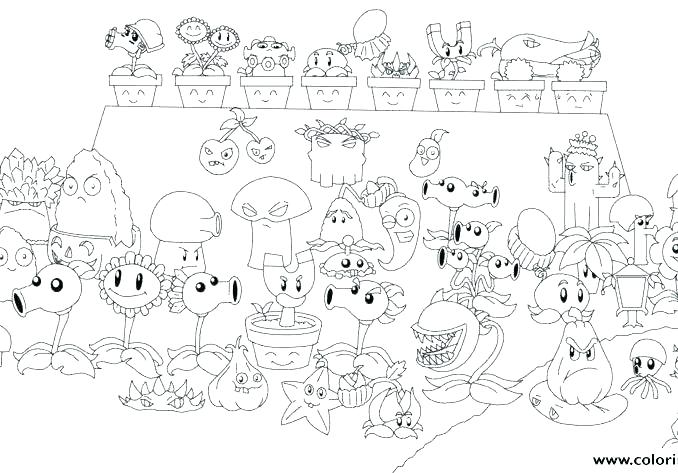Draw chart control excel basic choose board 2010
Table of Contents
Table of Contents
If you’re looking to improve quality control in your business, drawing a control chart is an essential tool. By tracking and analyzing data over time, you can identify any issues that might arise and take proactive measures to address them. In this article, we’ll cover everything you need to know about how to draw control chart and how it can benefit your company.
Many companies struggle with quality control issues, which can lead to dissatisfied customers, lost business, and decreased profits. Whether you’re dealing with product defects, low employee morale, or inconsistent processes, a control chart can help you pinpoint the root of the problem and take corrective action.
The first step to drawing a control chart is to gather data on the process that you want to monitor. This data can be collected through statistical sampling or by tracking each occurrence of a particular event. Once you have your data, you’ll need to plot it on a graph, with time on the X-axis and the variable you’re monitoring on the Y-axis.
To draw the control limits on your chart, you’ll need to calculate the mean and standard deviation of your data. The upper and lower control limits are typically set at three standard deviations from the mean, and any data points that fall outside of these limits are considered statistically significant.
Why Draw a Control Chart?
As mentioned, control charts can help you identify quality control issues before they become major problems. By tracking data over time, you can gain insights into patterns and trends that might not be immediately apparent. Additionally, control charts can help you improve communication and collaboration among employees, as everyone has access to the same data and can work together to address any issues.
My Experience with Drawing a Control Chart
When I first started working at my current company, I noticed that our defect rate was higher than I expected. I suggested that we start tracking our data using a control chart, and within a few weeks, we were able to identify a pattern of defects that were being caused by a particular machine. By taking that machine offline for repairs, we were able to reduce our defect rate by 50% within a month.
How to Interpret a Control Chart
Once you’ve drawn your control chart, it’s important to interpret the data correctly. Any data points that fall outside of the control limits are considered statistically significant, which means that something is influencing the process that you’re monitoring. It’s important to investigate these outliers and determine the root cause of the issue.
Common Mistakes When Drawing a Control Chart
One of the most common mistakes that people make when drawing a control chart is failing to collect enough data. The more data you have, the more accurate your chart will be. Additionally, it’s important to use the correct formula to calculate the mean and standard deviation of your data, as this can dramatically affect your control limits.
Improving Quality Control Through Control Charts
If you’re looking to improve quality control in your business, drawing a control chart is a great place to start. By tracking and analyzing data over time, you can identify issues before they become major problems and take proactive measures to address them. Whether you’re dealing with product defects, low employee morale, or inconsistent processes, a control chart can help you pinpoint the root of the problem and take corrective action.
Question and Answer
Q: How often should I update my control chart?
A: It’s usually recommended to update your control chart at least once a week, although the frequency may vary depending on your industry and the specific process you’re monitoring.
Q: What should I do if my data doesn’t fit a normal distribution curve?
A: If your data doesn’t fit a normal distribution curve, you may need to use a different statistical method to calculate your control limits. Alternatively, you could transform your data into a different distribution to make it easier to work with.
Q: Do control charts work for both qualitative and quantitative data?
A: While control charts are typically used for quantitative data, they can also be adapted to monitor qualitative data. For example, you could use a control chart to monitor customer satisfaction ratings over time.
Q: How can I ensure that my employees are collecting accurate data?
A: To ensure that your data is accurate, it’s important to provide clear guidelines for data collection and to train employees on how to collect data correctly. Additionally, you may want to periodically audit your data to check for errors or inconsistencies.
Conclusion of How to Draw Control Chart
Drawing a control chart is an essential tool for improving quality control in your business. By tracking and analyzing data over time, you can identify issues before they become major problems and take proactive measures to address them. By following the steps outlined in this article, you can draw an accurate and effective control chart that will help you maintain high quality standards and keep your customers satisfied.
Gallery
How To… Draw A Basic Control Chart In Excel 2010 | Excel Templates

Photo Credit by: bing.com / excel
How To Create A Control Chart: 10 Steps (with Pictures) - WikiHow

Photo Credit by: bing.com / wikihow
Draw Control Chart VI - LabVIEW 2017 Datalogging And Supervisory

Photo Credit by: bing.com / control chart draw help points normally plotted output
How To… Draw A Basic Control Chart In Excel 2010 | Chart, Excel, Basic

Photo Credit by: bing.com / draw chart control excel basic choose board 2010
How To Draw Control Charts In Excel, Using QI Macros SPC Software - YouTube

Photo Credit by: bing.com / excel spc control draw charts using software






